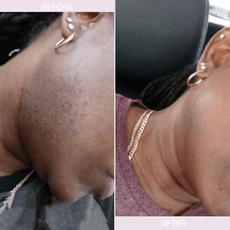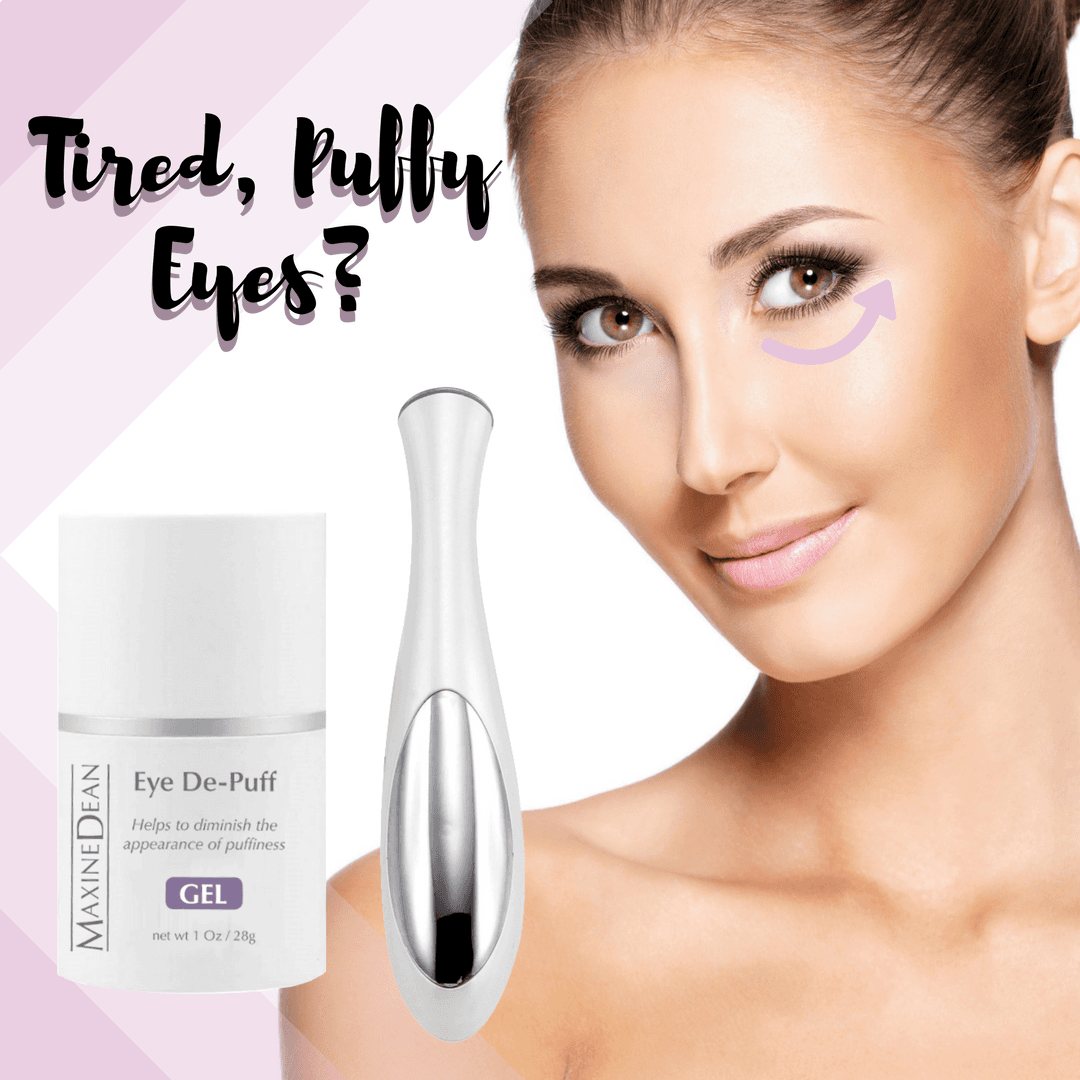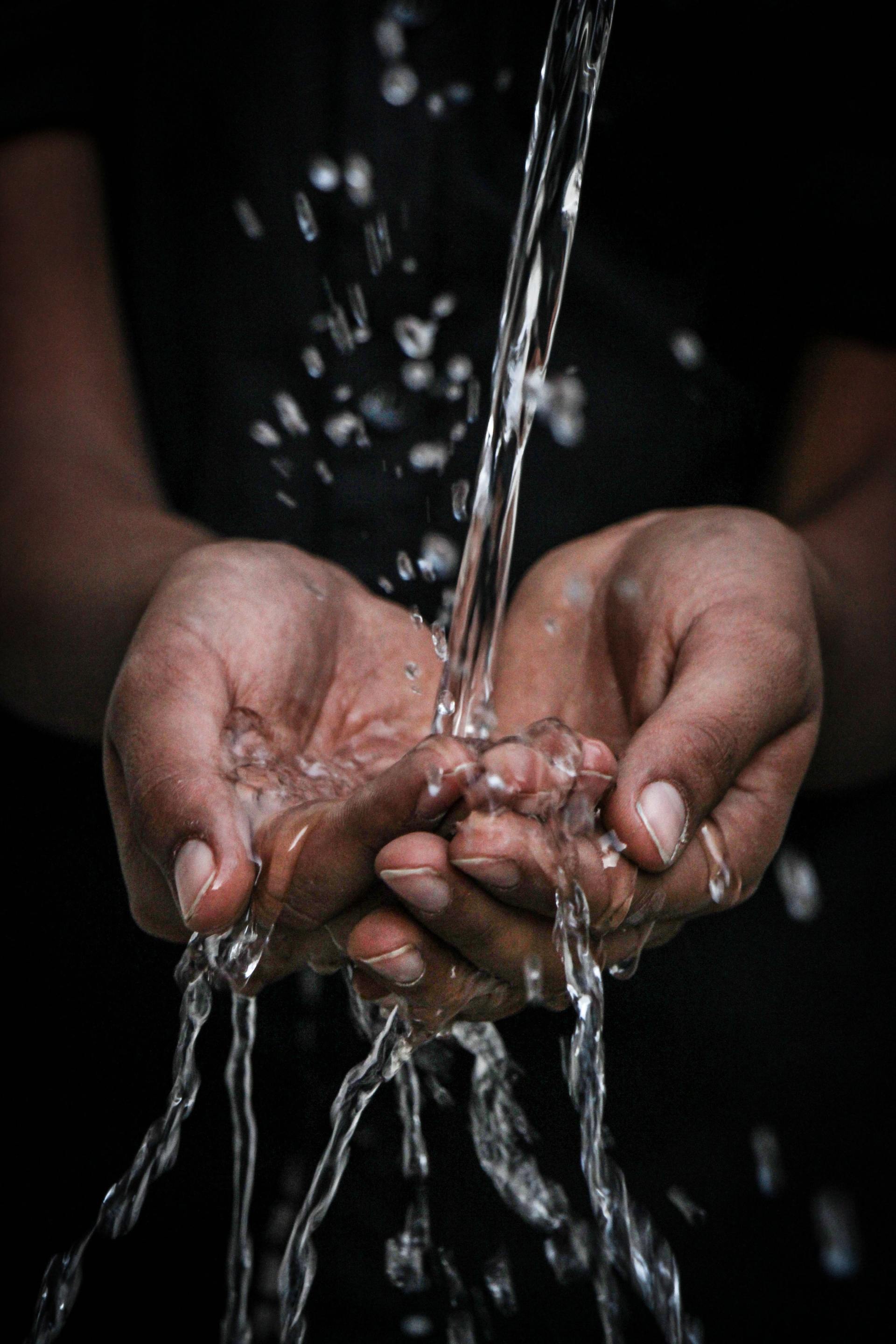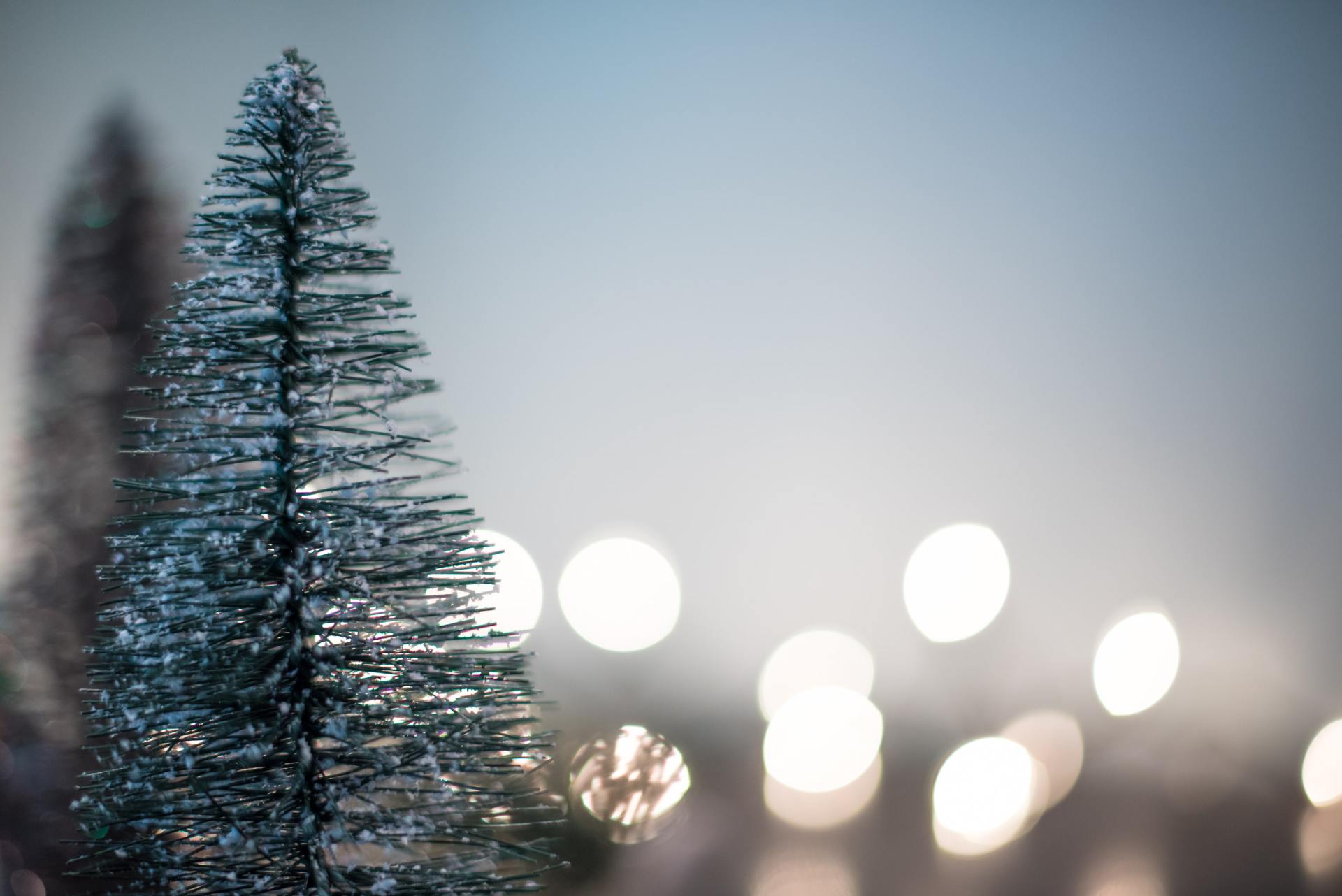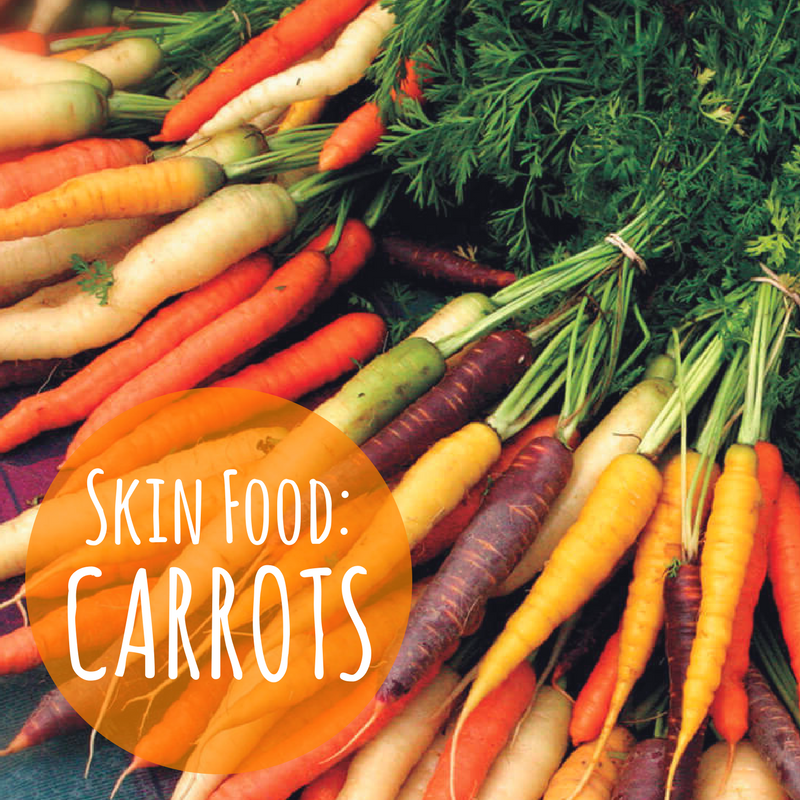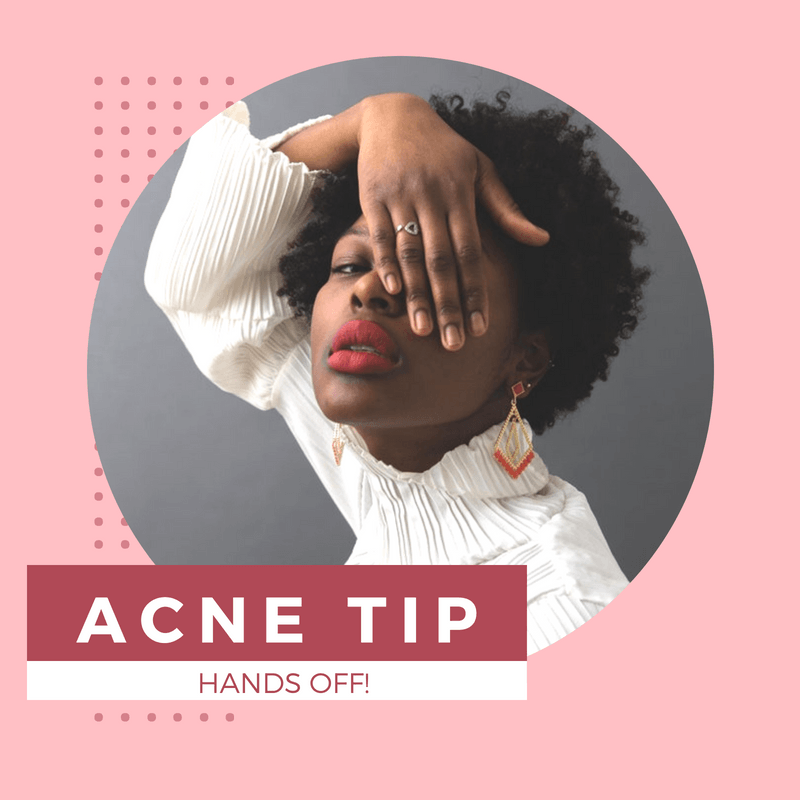What You Should Know About Your Skin
How Our Largest Organ Works
It's hard to think of skin as being an organ much less the largest one of the human body. Skin is the largest organ of the integumentary system of human beings. It is our protective barrier against the environment as well as the protective covering for our internal organs and body parts. It helps keep germs and other organism from entering our systems. It serves as our first line of defense against dehydration, extreme temperatures and injury. The skin actually detoxifies harmful substances and germs much like our liver does for us internally.
The average adult has from 18 to 20 square feet of skin covering their entire body which weighs approximately 6 pounds. Skin is one unbroken piece of tissue that covers the whole person. It's amazing to think that just one square inch of skin has 6 million cells. The human skin consists of 3 layers. The top layer which is what we see is called the Epidermis. The middle layer is called the dermis and also contains connective tissue. The third layer is called the Hypodermis or the subcutaneous layer. This layer contains adipose (fat) tissue and blood vessels. Skin has 5,000 sensory points throughout the body. It has 100 glands throughout the skin system as well as 15 sweat glands. Human skin is 00.7 or 2mm in thickness.
The outer most layer or the Epidermis is where melanin is produced. Melanin is the substance that gives us our skin colors as well as helps to protect us against sun rays. The darker a person is the more melanin their skin contains. In the second layer or dermis we find nerve endings sweat and oil glands as well as hair follicles. It is in this layer when the sebum which is the oil produced by the oil glands is produced. The sebum travels to the first layer and gets trapped in the pores creating skin conditions like acne because of this.
Another interesting fact about skin is that skin cells constantly regenerate themselves. This means human skin is always regenerating. The process of skin cellular regeneration begins in the dermis. A skin cell is generated in the dermis first. The same cell travels to the epidermis outer layer over a 14 day period. By the end of 14 days it finally reaches the bottom of the epidermis layer. Once it reaches there it continues to travel upward until it reaches the outermost layer or top of the Epidermis. After it reaches our outermost skin layer it takes two more weeks flattening out there and then it eventually dies. When it dies the cell sheds and then the process starts all over again. So this is how our skins constantly renew its self. We have billions of skin cells that shed daily.
This same idea of shedding the old cells and rejuvenating our skin is used in products to keep us youthful and our skins looking healthy.
The premise is that the old skin needs to constantly be shed so the young skin can remain exposed. That's why there are exfoliating products available for all skin types. These type of skin products do just that it helps with the shedding process. It is important that our bodies do this naturally to keep our skin looking young and remaining healthy.


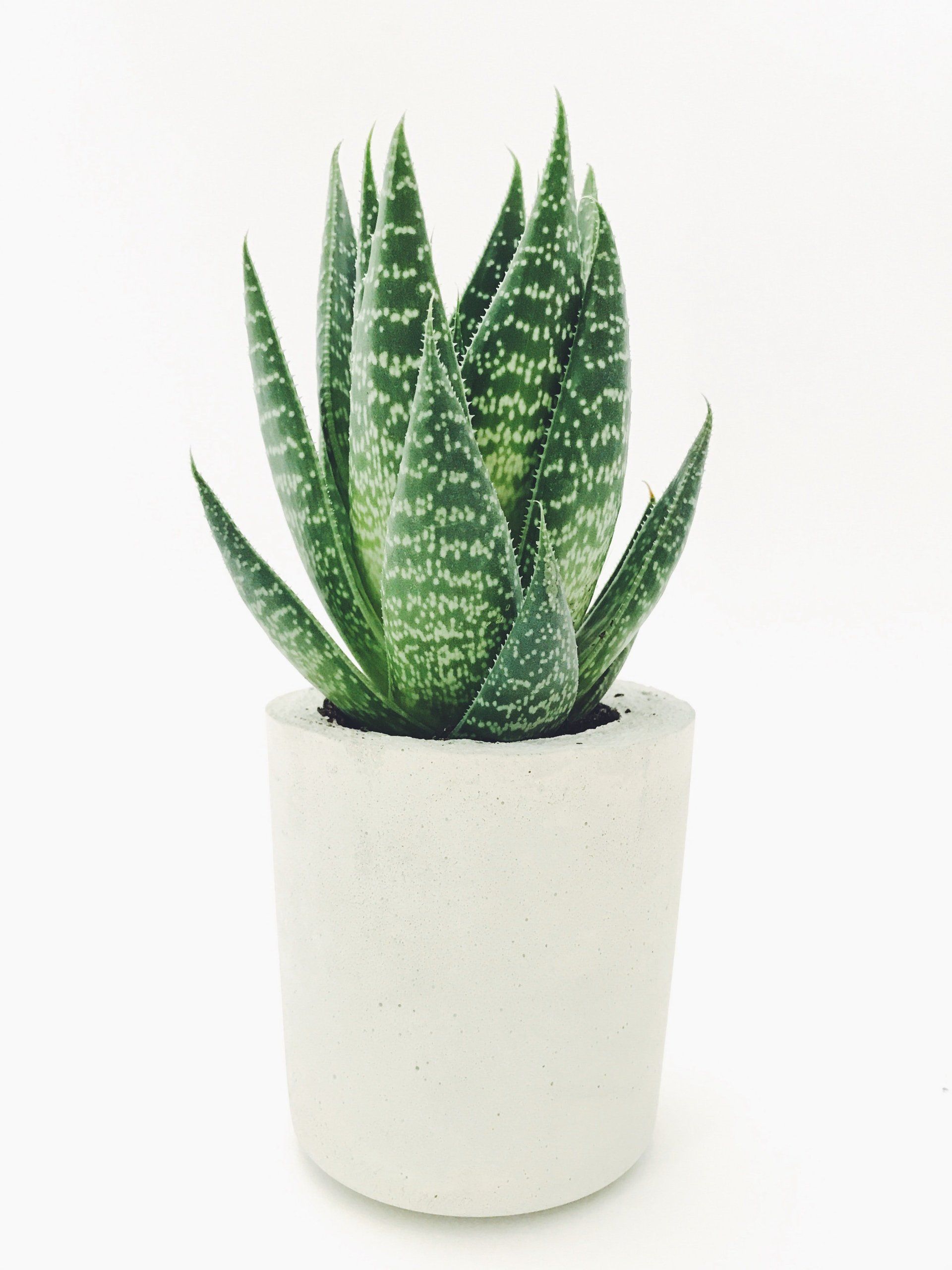

Have a question? Reach Out To Us
Thank you for contacting us.
Onr Of MaxAesthetics Skin Experts will get back to you as soon as possible.
Thank you
Oops, there was an error sending your message.
Please try again later or call us at 267.528.3859 for help.
MaxAesthetics Booking Policy
A Valid Credit Card is required to reserve an appointment and a $50 deposit is required to hold your appointment. Deposit is credited towards your service
MaxAesthetics Reschedule/Cancellation
MaxAesthetics Spa requires a 24 hour advance reschedule/cancellation notice or forfeit your deposit of $50.
See What Our Clients Have To Say About Our Services
MaxAesthetics Spa Location
(Fishtown/Northern Liberties District)
2137 East Huntingdon St
Philadelphia Pa 19125
Call 267.528.3859 Or Text 267-710-9199
Business Hours
- Sun - Mon
- Closed
- Tue - Fri
- -
- Saturday
- -



